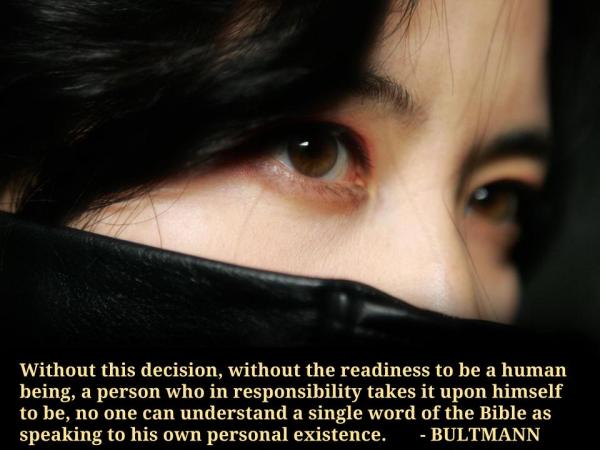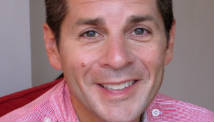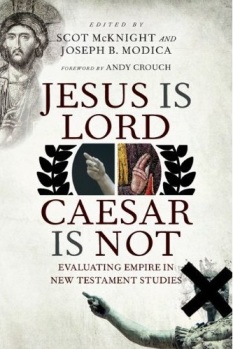 Photo of Woodward Avenue Presbyterian Church from Wikipedia. I should add that the caption on the photo itself is a bit of hyperbole added by me. I have no idea how many worship services this church had while it existed.
Photo of Woodward Avenue Presbyterian Church from Wikipedia. I should add that the caption on the photo itself is a bit of hyperbole added by me. I have no idea how many worship services this church had while it existed.
Last week, Patheos blogger David Murrow wrote a post entitled “Why traditional churches should stick with traditional worship.” It was apparently shared over 38,000 times on Facebook…so it’s quite possible that you’ve seen the post. In this post, Murrow shares an experience he had worshipping at a small, traditional church. Now, Murrow is a member at Alaska’s largest church, a megachurch; but sometimes he and his wife occasionally worship at a small, traditional church. They enjoy it, and describe it like this:
The richness and rigor of the liturgy is refreshing after years of seeker-sensitive services. It’s an eight-course meal, carefully measured out for us by church fathers – confession, forgiveness, praise, instruction, communion, giving, fellowship and benediction. It’s like a spiritual multivitamin in an easy-to-swallow, hour-long pill.
But one Sunday, they showed up and the church was doing its monthly contemporary worship service. Unfortunately, it didn’t jibe as well with Murrow and his wife:
We arrived to find the pastor without his clerical robe. A projection screen had been lowered in front of the organ pipes. We sang praise choruses instead of hymns, led by a solo guitarist who had trouble keeping the beat. The congregation did not seem to know the songs, so they sang tentatively. On a positive note, the sermon was good as usual, and the pastor skillfully used PowerPoint slides to reinforce his message.
And so, because of this small church in Alaska that struggled to effectively pull of a contemporary service, Murrow suggests that traditional churches should stick with traditional worship. He writes: “…if you offer just one service, stick with what you do best.”
Now, let me start off by saying that I’ve certainly sat through services like Murrow did. A primarily traditional church that had a group of individuals who really wanted to pull off something more contemporary and…well, just didn’t quite make it happen. Maybe it was because they were doing “contemporary music” that was contemporary in the 70s, or the technology just failed over and over again…who knows. So I get where he’s coming from to some degree.
And I know that there are young adults and young families who really do connect with a more traditional form of worship, so I’m not trying to say that you have to try to pull off contemporary or modern worship to bring in young people. But it doesn’t take a rocket scientist to realize that the way we’re doing church right now isn’t connecting with a vast majority of 20-40 year olds. And I would argue that a lot of that has to do with our worship services.
So when I hear Murrow say “traditional churches should stick with traditional worship,” what I hear is “traditional churches should stick with traditional worship if they’re content with dying a slow death.”
I think, I hope, that the church is going to look vastly different in 50 years. And I think our worship services will look vastly different as well. And I’m not the only one that thinks this. Derek Penwell, in his post “What If the Kids Don’t Want Our Church?” last month, wrote the following:
Because churches with massive overhead invested in things like church buildings, denominational infrastructures, functional church organizational models (think: a baptized version of General Motors’ organizational structure, complete with a board of directors, departments, departmental committees, etc.) are awakening to the fact that the generations that are supposed to be taking the institutional baton are showing very little interest in grabbing for it.
You could try to convince the emerging generations that they ought to value the tools you’ve always used, that they should want to take care of them, that they’re going to need them someday, that they should want to pass them down to their children.
Or, you could complain about the fact that these kids just don’t appreciate what you’ve done for them.
Or, you could suck it up and bless them on their next wild adventure.
I think there will be aspects of traditional worship that will remain in whatever it is that is created in the future. I doubt we’ll throw everything out. But, I’m guessing, and I could be wrong, that worship will look a lot different. And the churches that maintain a stubborn insistence to do things the way they’ve always done things, will probably only be filled with the people who remember how things were done back in the day until they all pass away.
Now, I’m not saying that contemporary worship is the style of worship that we will find filling all of our churches in 50 years either. It probably won’t be either of those, but a mashup of a sort, a form of worship that is more engaging, participatory and enables followers in the way of Jesus to see and understand that their faith has a practical significance in the world.
But it does seem that there are elements of contemporary worship, even if it’s simply the style of music, that connects with young adults today. And if churches are adamant about refusing to try to incorporate those into their worship services, or are told that they should just stick with traditional worship, I think they are missing out on opportunities to create spaces for a younger demographic.
Of course we’re going to fail sometimes. We all do. But to not try, to be content with the status quo, and to just do things the way we’ve always done them…I think that simply places us in a mode of passivity, and of an acceptance of dying a slow death.

 Editor's note: Dean Obeidallah, a former attorney, is a political comedian and frequent commentator on various TV networks including CNN. He is the co-director of the upcoming documentary "
Editor's note: Dean Obeidallah, a former attorney, is a political comedian and frequent commentator on various TV networks including CNN. He is the co-director of the upcoming documentary "









 A brilliant new competition is giving young people the chance
to create a soundtrack to a recent clip from Doctor Who that will be showcased
at the BBC Proms in 2013!
A brilliant new competition is giving young people the chance
to create a soundtrack to a recent clip from Doctor Who that will be showcased
at the BBC Proms in 2013!





